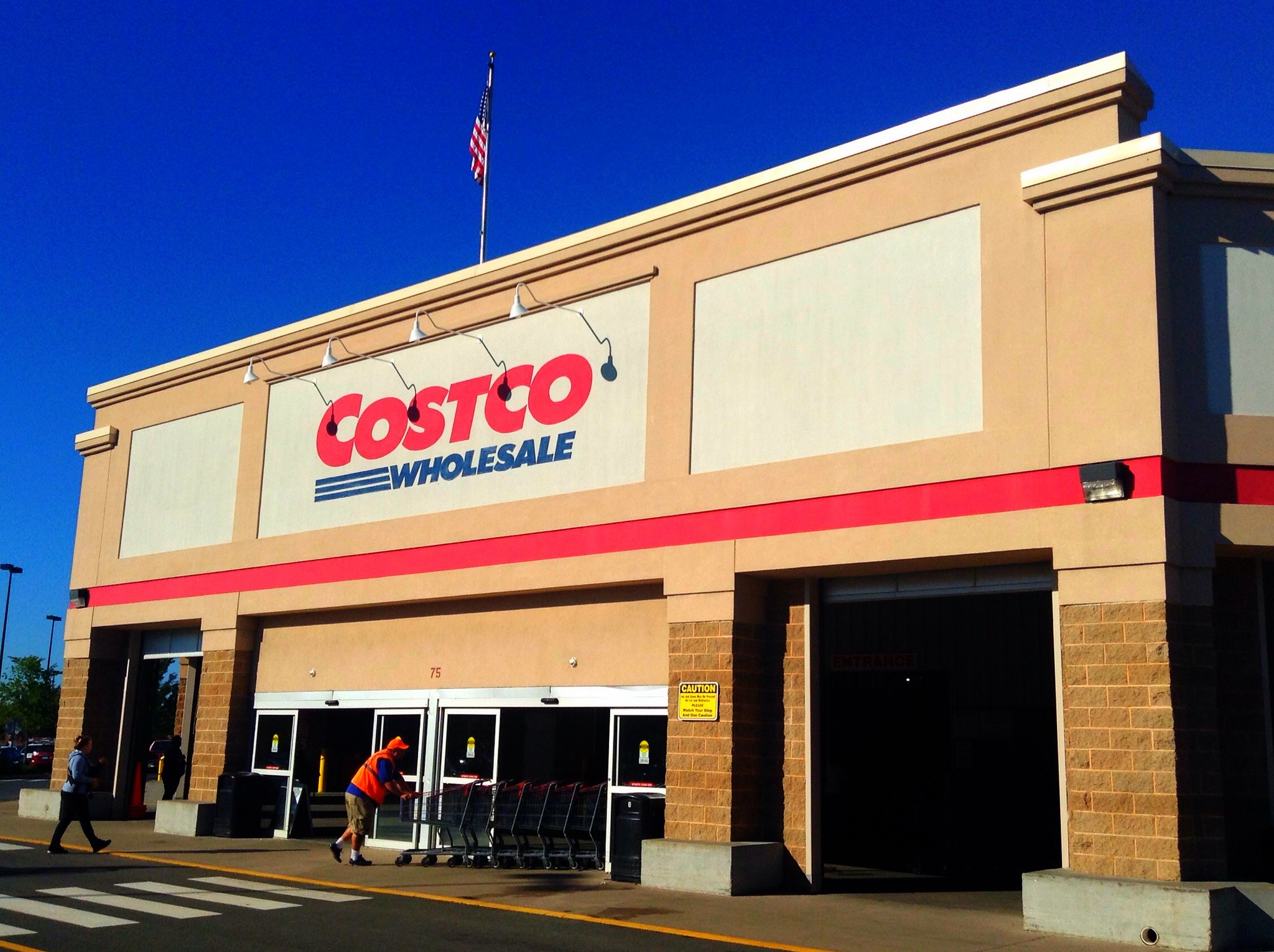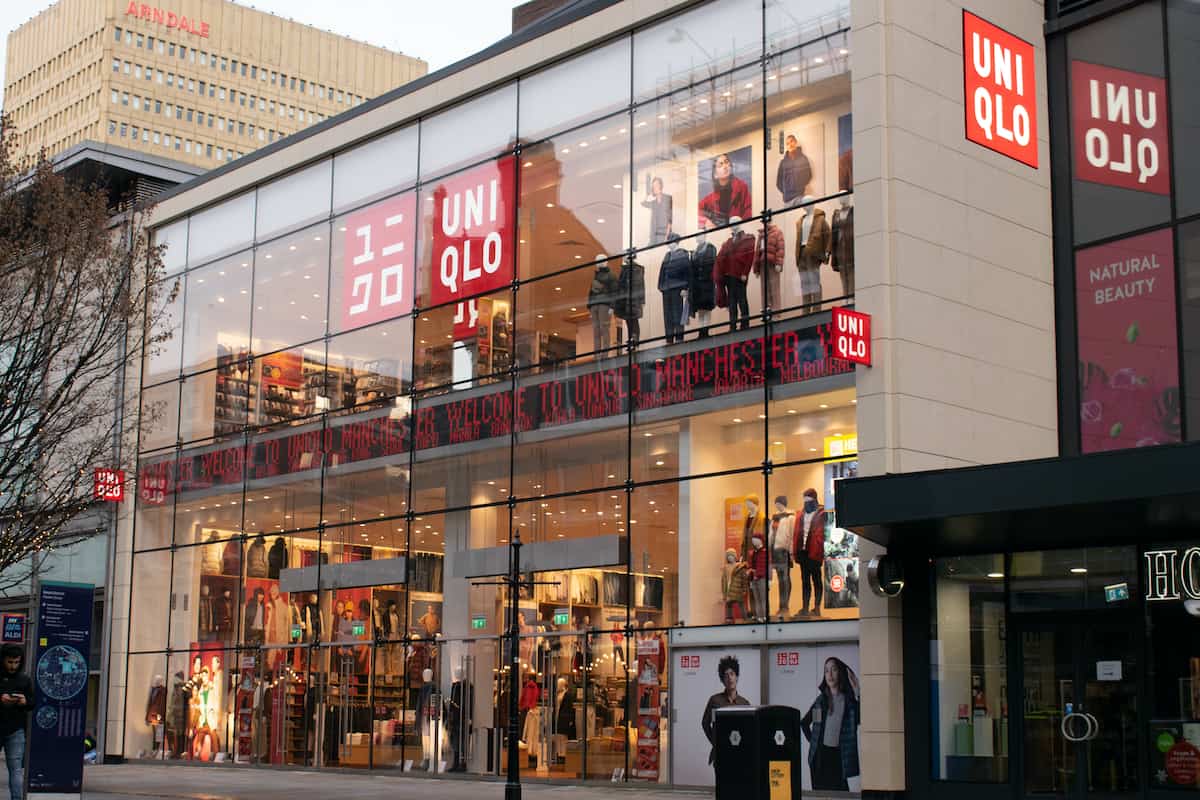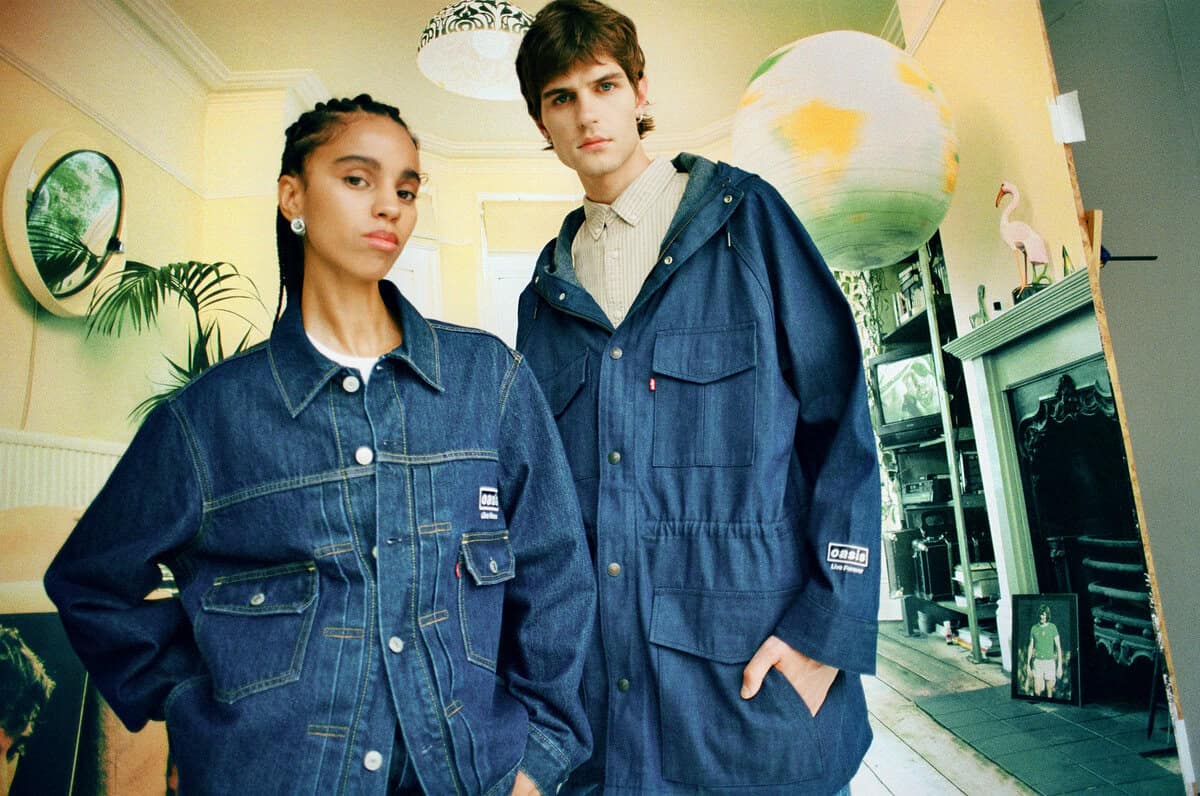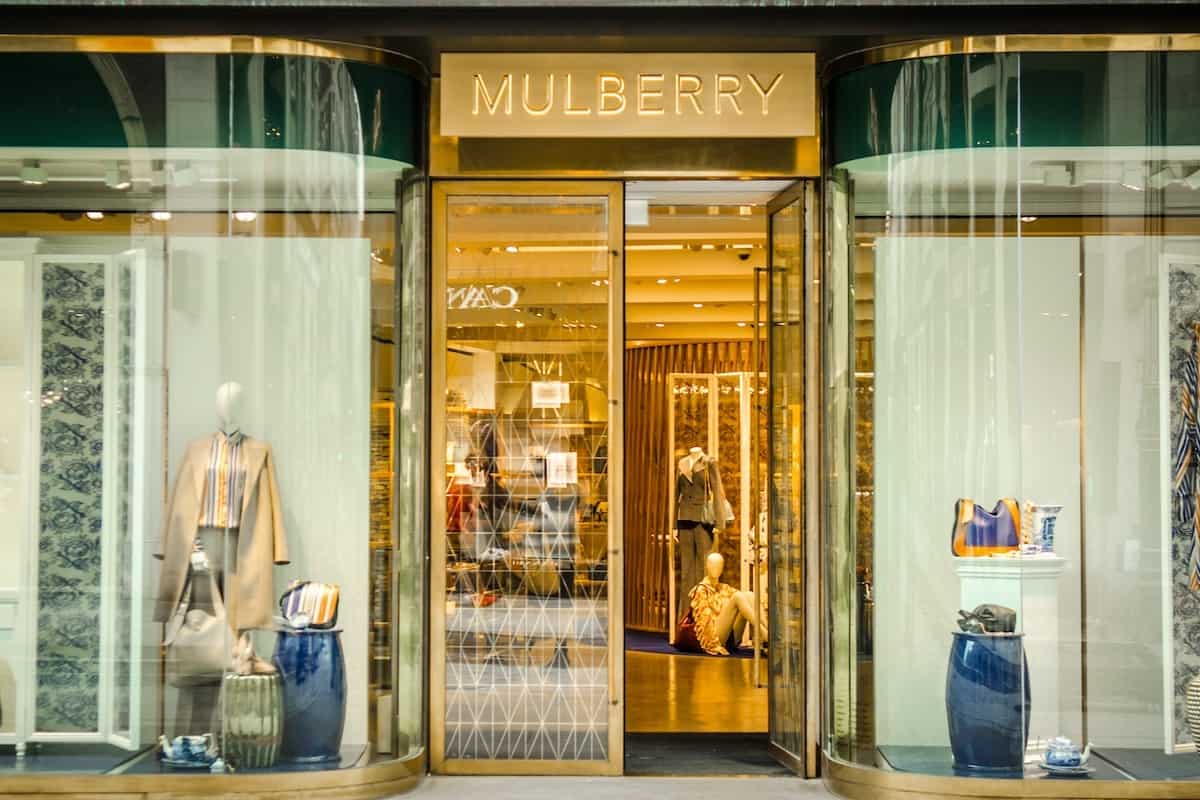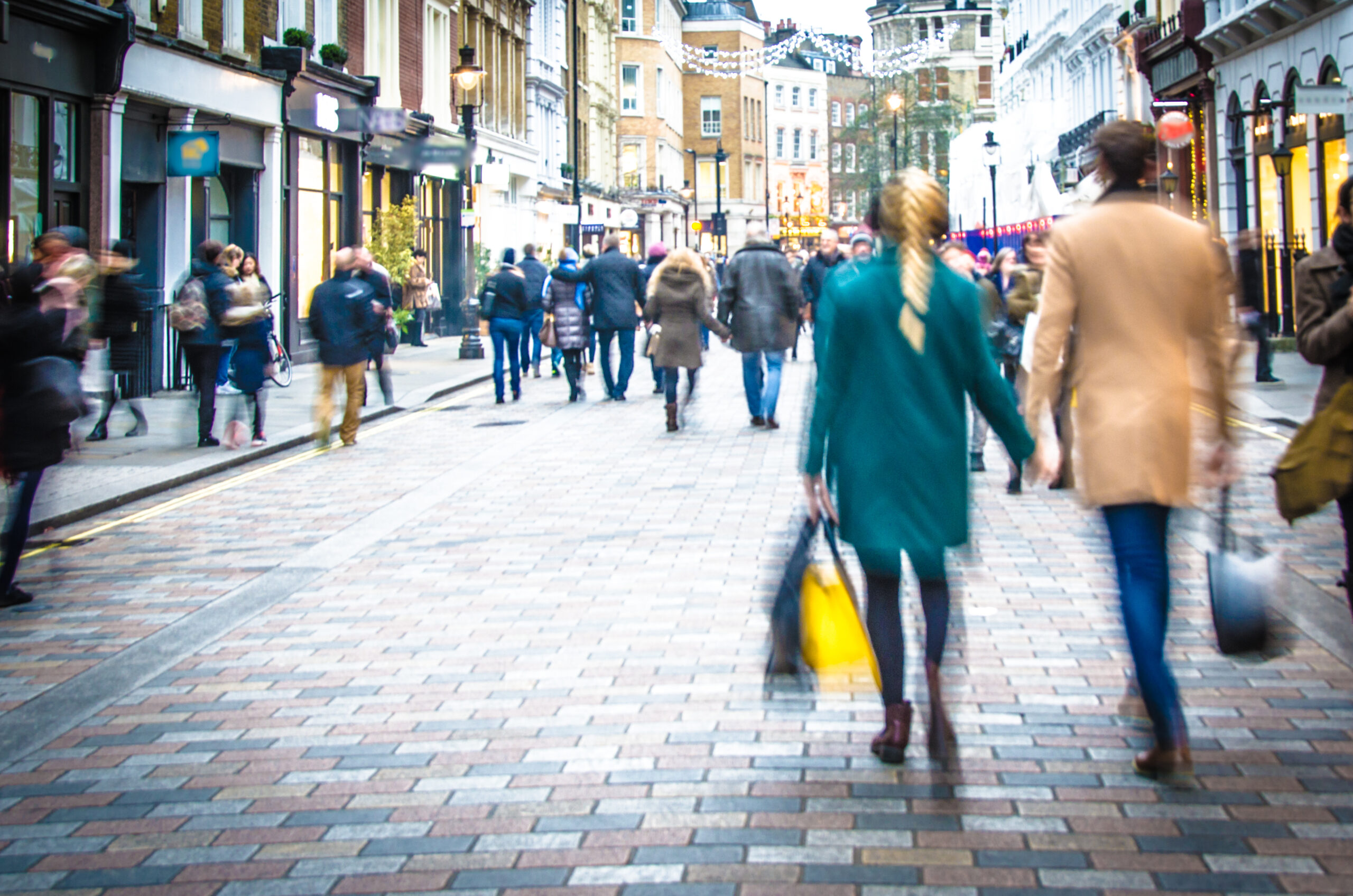The high street will migrate online over the course of the next eight years, according to a new study. Those who currently trade from the high street must adapt to survive.
The findings are from a new study from insurer Zurich that asks businesses to predict the trading environment of the future. It comes in a week that the British Retail Consortium (BRC) has highlighted ongoing changes in the high street, with one in 10 UK town centre shops empty in October.
Unmanned shops operated by robots and driverless logistics fleets are also envisaged in the report produced when more than 1,000 SMEs took part in a Spring UK online panel to give their predictions for the future of business over the next 50 years. Some 54% said that the high street as we know it would be transformed by 2020, replaced by a virtual online high street. And 70% said that high street businesses will have to change their customer experience radically in order to compete.
The study foresees a future in which, predict 29% of respondents, consumer will order and print their own goods in eight years time using a 3D printer. More than half (54%) predict that will be a reality in 50 years time.
Some 52% say shops will be unmanned in the future, with staff replaced by robotic replacements, while 51% say products will be transported by driverless fleets in 50 years time. Half (50%) of those questioned say that the adoption of new technologies, processes and services will challenge their businesses in the next eight years – but 45% are optimistic the outlook is bright for SMEs, of which they expect there will be more in the future.
Science fiction author Alastair Reynolds was also asked for his predictions as part of the study. He said: “Many of us rely on technologies and systems that only a couple of decades ago would have seemed quite ‘science fictional’ – think GPS navigation tools, or powerful tablet computers. By the same token, there are technologies coming into usage now that in a few decades will become part of our everyday lives.” Such devices might include telepresence technologies that allow us to feel physically present in a remote location, offering a more immersive experience. He added: “Have no doubt, these advancements, along with artificial intelligence becoming trusted workforce advisors and driverless fleets on the road, will be little short of revolutionary for the business world.”
Zurich director of SME Richard Coleman said the research also envisaged future opportunities through overseas trade, new ways to reach new customers and lower fixed costs as people worked at home rather than from factories or offices. “Many of these changes are happening today and will only grow in the future,” he said.
“As SMEs embrace this brave new world, there are also unavoidable risks that must be considered so they can remain resilient and take full advantage of the emerging new shifts. While it is encouraging that a significant number of businesses recognise the challenges and risks that they will have to face, it’s even more heartening to see that nearly half remain optimistic, predicting not only SME growth but also their importance to the UK economy and community increasing in the future.”
The research comes as commentators suggest that the rising vacancy rates on UK high streets – put at 11.3% by the BRC‘s Footfall and Vacancies monitor in October, up by 0.4 percentage points since the previous month – is evidence of the need for retailers to invest beyond the high street as well as on it.
Adam Stewart, marketing director at Play.com , owned by Rakuten, said: “Combined with recent government delays in revising business rates on commercial properties, physical retail is becoming an increasingly challenging environment. As such, it’s more important than ever for retailers to invest away from the high street, ensuring a strong online offering and multichannel proposition to build business growth.”
Meanwhile Dan Wagner, chairman and chief executive of mobile payments company mPowa, said: “Consumers have become more demanding in the way they purchase goods than ever before. Sophisticated mobile handsets and tablets mean shoppers have a myriad of choices on how, what and when they buy. The challenge for the retailer is to ensure that they have a variety of platforms which allow them to purchase at the point when the customer is ready, wherever they might be. Many retailers who have not got a comprehensive multichannel strategy are suffering severe consequences as result.”
And Siegfried Heimgaertner, chief executive of digital wallet provider Skrill, said its own research showed a new kind of shopper who uses their mobile device from the high street to check out their purchases as well as to browse. “While we see cries of the ‘death of the high street’, consumers continue to leave the house for shopping inspiration, even if they then make the purchase via a smartphone or at home on the computer,” he said. “As a result, we see an opportunity for high street retailers to turn browsers into buyers whilst in-store. We expect this trend to continue as people look to remove traditional cash and card transactions, replacing them with online and mobile payments for added speed and convenience.”
David Green, business development director at identity management specialist GB Group, said high street shops should be working with rather than against online technologies. “The retailers which thrive in these difficult times are not just the ones which have websites and in-store presences, but the ones which use the two avenues to build up relationships with their customers and encourage repeat custom,” he said.
“Encouraging registration whether online, or in the physical shop with mailing lists or loyalty cards, is key to helping retailers begin to understand their customers. As interactions with patrons become shorter and shorter in an international online marketplace, businesses must make extra effort to interact with their customers. This is crucial to encouraging brand affinity and repeat custom both online and in-store.
“To strengthen the future of high-street retail, companies will need to view their online and offline presences as inter-dependant. Both outlets serve to promote each other and the data collected at both points must be used to strengthen a company’s overall offering. It is only by taking this hybrid approach, making the most of customer data, that retailers can ride out the difficult times.”
